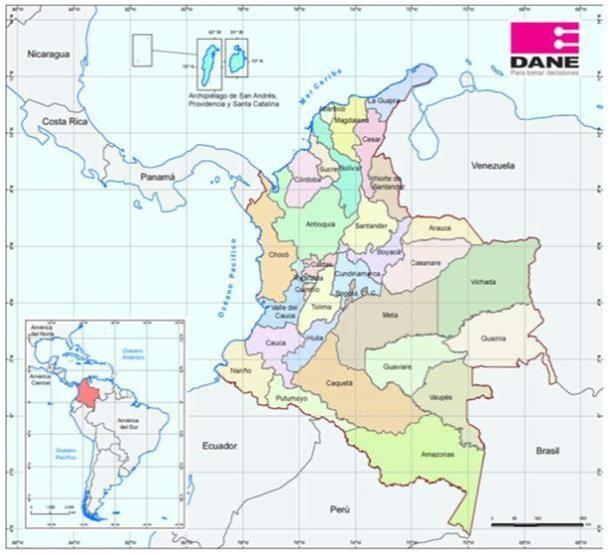On October 21, 2021, the Minister of Defense confirmed that John Carlos Rincón, known as “Colacho”, the leader of a FARC dissident group which had been committing crimes in the South of Bolívar department, was captured in a hotel in Bogotá.
On November 10, 2021, then President Duque announced that the armed forces had neutralized a main leader of the FARC dissidents in Valle del Cauca, known as “Hugo”, during military encounters. On December 14, 2021, in a joint operation, the military, the Attorney General’s office and the Air Force captured Boris Bohórquez, who was part of the FARC dissident group that operates in the Caquetá department and is considered to be the right-hand man of “Gentil Duarte”, the head of such dissident group.
On January 24, 2022, then President Duque confirmed that Euclides Espana Caicedo, known as “Jhonnier”, the highest leader of the FARC dissident group in the southwestern part of the country, was killed in the department of Cauca during military encounters.
Between January 20, 2022, and February 9, 2022, three separate terrorist attacks were carried out in the departments of Arauca, Caqueta and Meta, for which the Minister of Defense attributed blame to FARC dissident groups.
On February 5, 2022, the Minister of the Interior, the Minister of Defense and the Minister of the Environment confirmed that FARC dissidents were responsible for forest fires in several places throughout the Colombian Amazon. The ministers announced the deployment of 400 members of the military, accompanied by police and ESMAD members, to attempt to capture the dissidents.
On February 24, 2022, the Minister of Defense announced that as a result of a military and police offensive in response to the terrorist actions of criminal groups in the border area with Venezuela, 23 FARC dissidents were neutralized and five more were captured.
On March 26, 2022, a terrorist attack in Ciudad Bolivar, Bogotá, killed one civilian and injured 10 others.
On May 4, 2022, then President Duque announced that Dairo Antonio Úsuga, known as “Otoniel”, the leader of the “Clan del Golfo”, was extradited to the United States.
On May 26, 2022, then President Duque announced that Juan Larinson Castro Estupiñán, known as “Matamba”, a top leader of the “Clan del Golfo”, was killed in a joint military operation by the military and National Police.
On June 13,2022, then President Duque announced that as a result of a military operation, Leider Yohani Noscue Bototo, known as “Mayimbú” a top leader of FARC dissident was neutralized in Suarez, Cauca.
ELN
In June 2000, the Government and the ELN began formal peace discussions, which have ceased and been resumed several times. In addition, the Government decided to grant political status to the ELN, an important step in the official negotiation process. On August 29, 2013, following the release by the ELN of a Canadian hostage that had been held for seven months, then President Santos announced that the Government was ready to start peace talks with the ELN.
On June 10, 2014, the Government announced that it had been engaged in exploratory peace talks with the ELN since January 2014, after a series of meetings held in 2013. The Government further stated that formal discussions with the ELN would not be initiated until all the necessary conditions for the peace agreement had been agreed. On May 14, 2015, Humberto de la Calle, the chief negotiator for the Government’s delegation at the Havana peace talks, invited the ELN to join the peace process in order to end the conflict. Mr. de la Calle emphasized that the discussion must include a bilateral cease fire. On June 11, 2015, the High Commissioner for Peace, Sergio Jaramillo, made renewed calls for the ELN to join to the dialogue with the Government and stated that the peace process would require the complete disarmament of the ELN. Later, on January 27, 2016, the National Peace Council (“NPC”), established by then President Juan Manual Santos to involve civil society in the peace process, agreed to an agenda between the Government and the ELN. However, the NPC expressed concern about the delay in the opening of formal talks.
D-15
